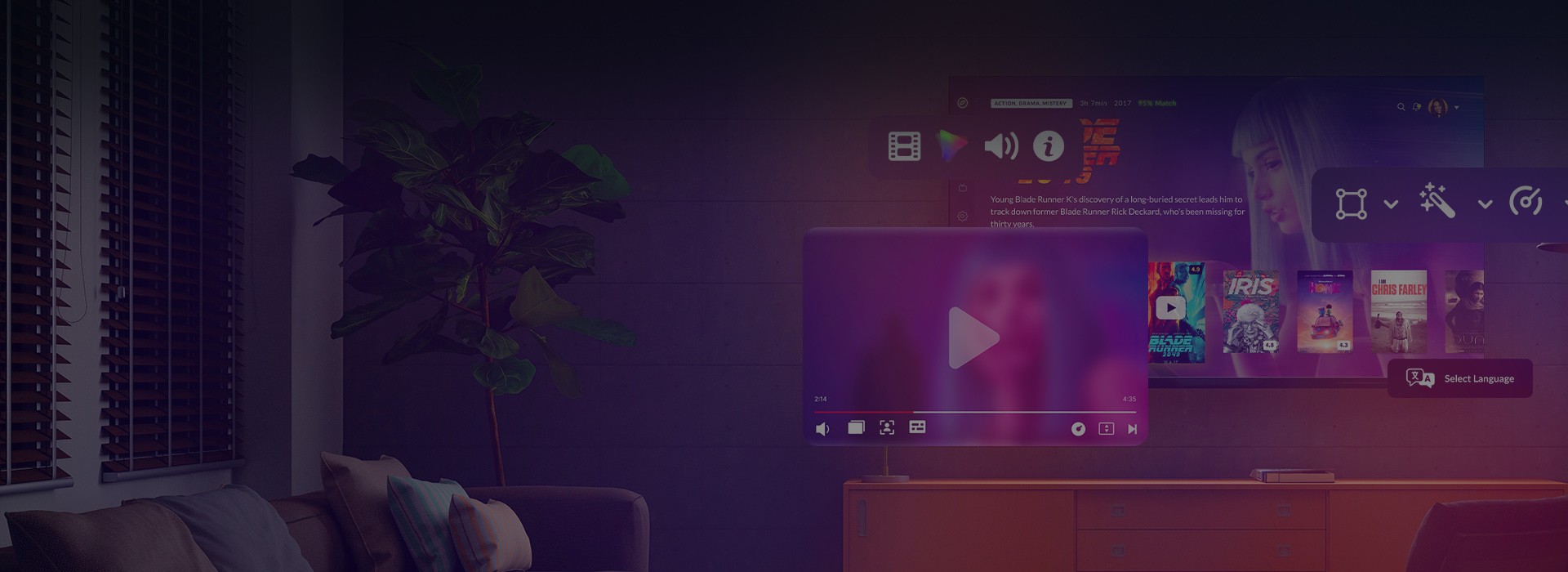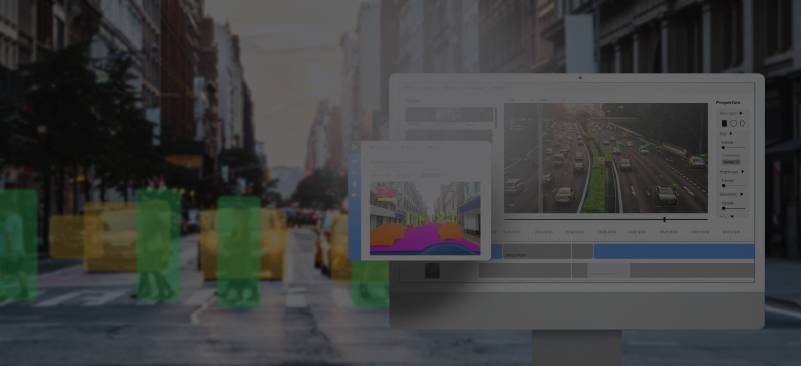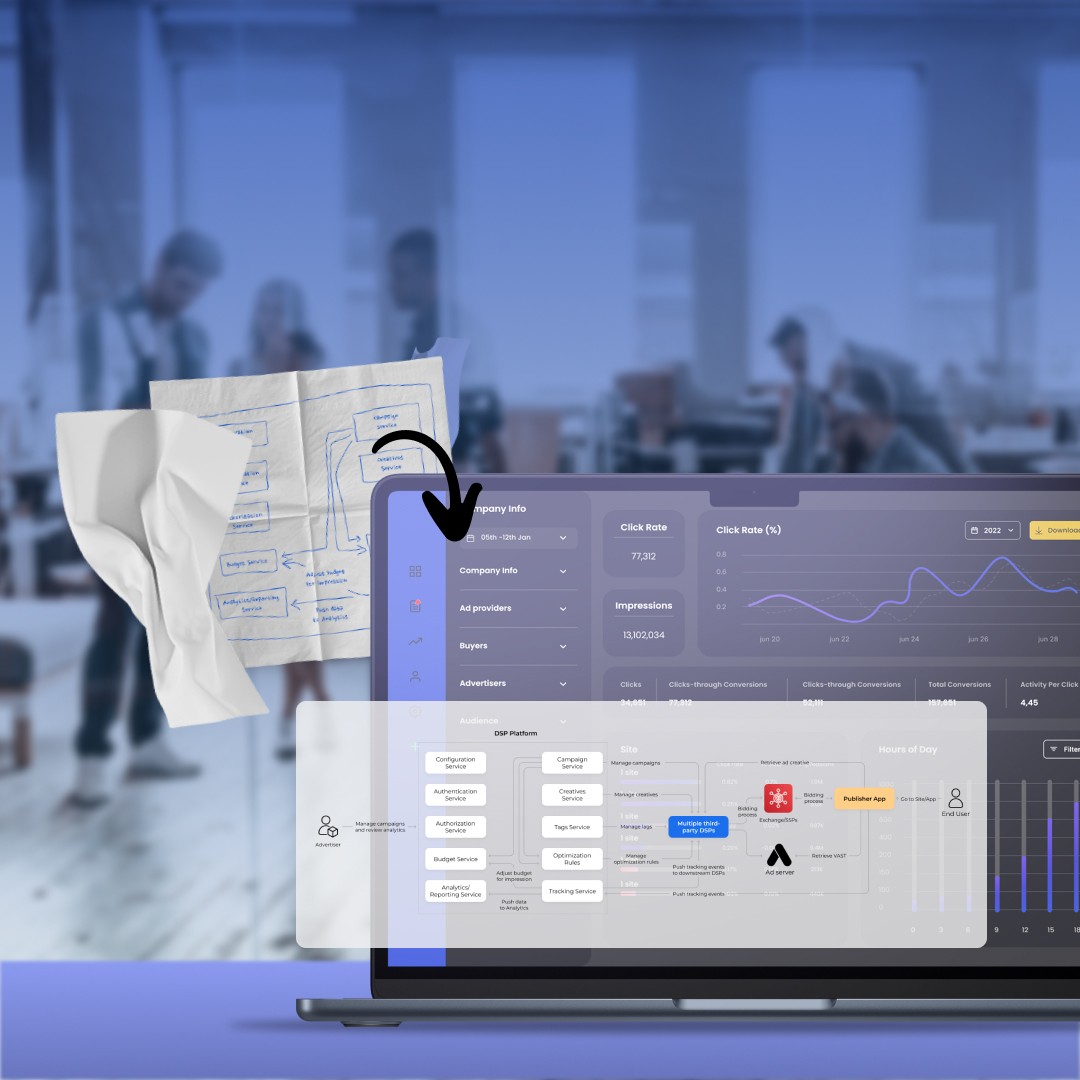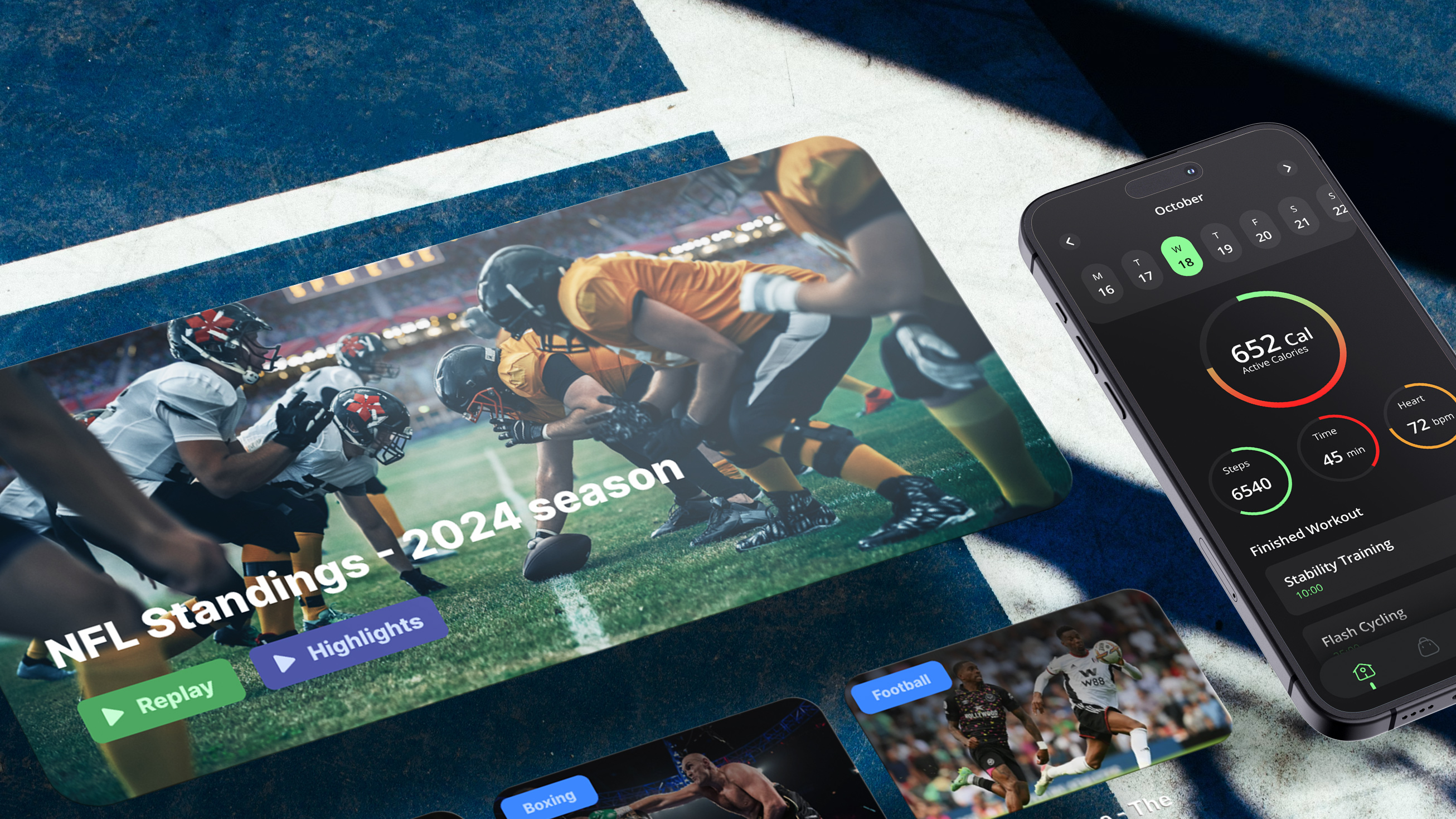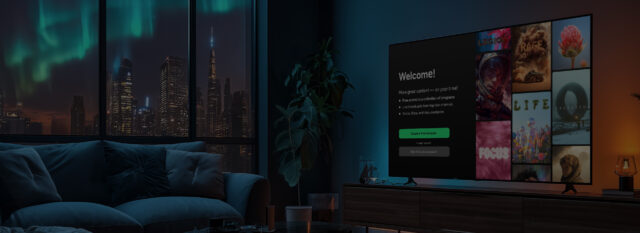The debate now quickening its pulse on television isn’t just one of format or fidelity. It’s not about “going digital” (that milestone is already behind), and it’s no longer about simply catching up to the streaming giants. The real disturbance, though quieter in its arrival yet no less seismic, lies in the interface and who should control it.
As ATSC 3.0 (NextGen TV) steadily gains ground in major U.S. broadcast markets and among leading station groups, broadcasters are finding themselves with unfamiliar leverage. The standard unlocks IP-based delivery, targeted TV advertising, interactive overlays, and OTT app-like experiences directly on connected TVs. But with that capability comes a more layered strategic dilemma for broadcasters: should every channel across a network operate from a shared playbook — consistent and centrally branded? Or is this the moment to open the gates, allowing individual stations and affiliates to carve their own digital paths?
What’s even more interesting is whether the brand identity of the broadcast app — and the content of the interactive NextGen TV experience — should remain consistent or change on the same channel, depending on whether the content originates from the local station or the network to which it is affiliated.
This article explores that tension of uniformity versus uniqueness and the broader questions it surfaces: about branding, customization, and the evolving relationship between networks and their affiliates.
Oleg Stepanyuk, Oxagile’s Head of Presales Engineering, will explore the trade-offs of each approach and reveal how emerging strategies are creating a balanced middle ground.
Jump to:
The UI dilemma: Uniform framework or individual identity?

Historically, the user experience of broadcast TV was defined by what couldn’t be changed. Signals were pushed, not pulled. Interfaces were dictated by hardware manufacturers or cable boxes, not content producers or distributors. The role of the broadcaster was to fill the feed, not to design the vessel that carried it.
NextGen TV completely flips this model. As we’ve discussed in detail previously, it empowers broadcasters and developers to take control over the viewer experience, enabling interactive, personalized, and data-rich content delivery. Features like targeted advertising, enhanced emergency alerts, and advanced metadata open new possibilities beyond traditional linear programming.
NextGen TV leverages ATSC 3.0 technology to fuse broadcast reliability with broadband flexibility, creating a hybrid platform that redefines how content is discovered, consumed, and monetized.
A prime example is Run3TV. Developed by Pearl TV and launched in 2022, Run3TV is and advanced TV application platform that leverages the NexTGen TV broadcast standard to offer a hybrid viewing experience that combines live television with broadband-delivered features. It serves as a starter kit for broadcasters, enabling them to develop interactive applications within the NextGen TV ecosystem. Its capabilities have already been adopted by major TV manufacturers and broadcasters and its now active in nearly 100 U.S. markets.
Thanks to its flexible web-based architecture, Run3TV gives broadcasters direct control over the application layer, allowing them to define not just what is seen, but how it is accessed, navigated, and experienced. As Oxagile’s own work with Run3TV demonstrates, its capabilities open up a treasure trove of possibilities for weaving dazzling interactivity into the NextGen TV environment.
This new control introduces a critical design question: does a single, consistent UI help or hurt in this landscape?
“For large broadcast groups, the customization dilemma often begins with their own internal ecosystem. Many of these broadcasters own multiple channels that operate under a shared corporate umbrella, but target different content areas, audiences, or market strategies. They are independent yet interconnected stations, each with its own voice and priorities.”
Here, the core question becomes should all these internally owned channels operate under a singular visual and interaction model, or should each be granted some room to stretch.
Why uniformity is comfortable and limiting
There’s a reason many broadcasters lean toward a standardized app: simplicity scales. When every channel or affiliate in a network uses the same UI, viewers don’t need to relearn navigation. The onboarding curve vanishes. Transitions between stations feel frictionless. For network executives managing hundreds of local brands, it offers the dream of consistency, of brand integrity held tightly across geographies.
And it’s cheaper. Shared design systems mean lower development costs, faster rollouts, and simpler support. For broadcasters still cautious about the ROI of ATSC 3.0, the case for a “default” app is attractive.
“But there’s a hidden cost: genericism. If every channel feels the same, behaves the same, and moves the same, then none of them stand out. Worse, they begin to lose relevance in the eyes of viewers who now expect the kinds of tailored, responsive experiences delivered by YouTube, TikTok, or Netflix.”
Why differentiation is complex but vital
The alternative of letting customization for each channel within a broadcaster’s app is not without its challenges. A unique interface can confuse users. Inconsistent navigation patterns may lead to frustration. Design quality will vary by budget and execution. And when audiences are used to uniformity, variation can look like error.
And yet, this is also where the real opportunity lies.
Custom interfaces allow channels to encode their identity into the experience. A local affiliate can build interactive weather modules relevant to its region. A national network can surface targeted editorial layers that deepen viewer engagement. In this model, the app isn’t just a delivery mechanism — it becomes part of the content. A competitive differentiator. A brand asset.
“NBCUniversal’s customized broadcaster app can be a case in point. Rather than defaulting to Run3TV’s base UI, NBC rethought how a broadcaster interface could reflect their editorial voice. The result isn’t just visually distinct. It functions differently, behaving more like a streaming platform than a traditional broadcast shell.”
Oxagile’s option: a shared skeleton with adaptive skin

At Oxagile, we believe the future doesn’t lie at either extreme. Instead, we see a hybrid path taking shape: one where the underlying structure of broadcaster apps remains unified, but the interface logic and surface elements are deeply adaptable.
This is not a speculative vision, but one rooted in practice. The most successful deployments strike a balance: leveraging the common infrastructure of frameworks like Run3TV, while preserving space for brand-driven innovation at the UI layer.
In this approach, the core navigation and layout remain familiar. But the surrounding experience like visual design, content hierarchy, interactive modules can shift dynamically, responding to time of day, regional focus, or even viewer profile.
In the morning, the app surfaces local traffic and weather. In the evening, it adopts the branding and voice of the national network’s flagship show. The transition is seamless and not jarring. The UI doesn’t break. It bends.
In this model, broadcasters are no longer choosing between sameness and chaos. They’re operating within a design system that invites expression without sacrificing usability.
Is your broadcast ready to break free from the ordinary?
Discover Oxagile’s innovative NextGen TV solutions and learn how flexible UI design and ATSC 3.0 technology can help you balance brand control with personalized viewer experiences.
Broadcasting hierarchy: Why the UI question is deeper than it looks

To understand why user interface customization is such a charged issue in NextGen TV, let’s look at the layered structure of the U.S. broadcast industry.
Local broadcasters and their role
Local broadcasters are companies that own and operate individual TV stations serving specific geographic markets. These stations produce their own news programs, weather reports, morning shows, and local advertising. They have unique brand identities closely tied to their communities. For many viewers, these local brands are the face of television being familiar, trusted, and regionally relevant.
Networks and the affiliate system
National networks like ABC, NBC, CBS, and FOX focus on producing and distributing high-budget national content. But they don’t always reach viewers directly. Often it happens through local stations that agree to carry network programming during set time blocks or for special events like national news or live sports.
“This affiliate system means one physical TV channel effectively becomes two brands throughout the day: local content dominates some hours; network content fills others. The brand presentation on-screen shifts accordingly. Viewers may see the local station’s identity during the news at 5 p.m., and then experience the network’s branding during a national broadcast an hour later.”
Why this structure complicates customization
This dual identity is not just cosmetic as it reflects real questions about control. Who defines the user experience when a viewer opens a NextGen TV app? Should the interface emphasize the local station’s brand and programming first? Or should the network’s identity lead, especially during peak national content?
Run3TV enables both parties (local stations and national networks) to create their own app-like interfaces within the ATSC 3.0 environment. And that’s where the friction begins.
“If each stakeholder designs its own UI in isolation, the result could be jarring for the viewer: conflicting styles, inconsistent navigation, unclear ownership of space. But if all affiliates are forced into a rigidly standardized network-designed interface, local stations may lose their editorial presence and brand distinction — both of which are vital to audience trust and advertising relevance.”
The case for strategic UI customization
What’s emerging is the need for smart, layered customization: interfaces that respect the underlying hierarchy of the broadcast industry while giving each layer space to express itself. Networks can maintain consistency during their content blocks, while affiliates shape the UI outside those windows, for example, highlighting regional programming, weather, or breaking news.
In this context, UI customization isn’t about decoration. It’s a structural necessity that mirrors how television actually operates: a balance of national scale and local presence. The interface has become the new space where these identities negotiate visibility, control, and connection with the viewer.
Considering the leap to ATSC 3.0 but uncertain where to begin?
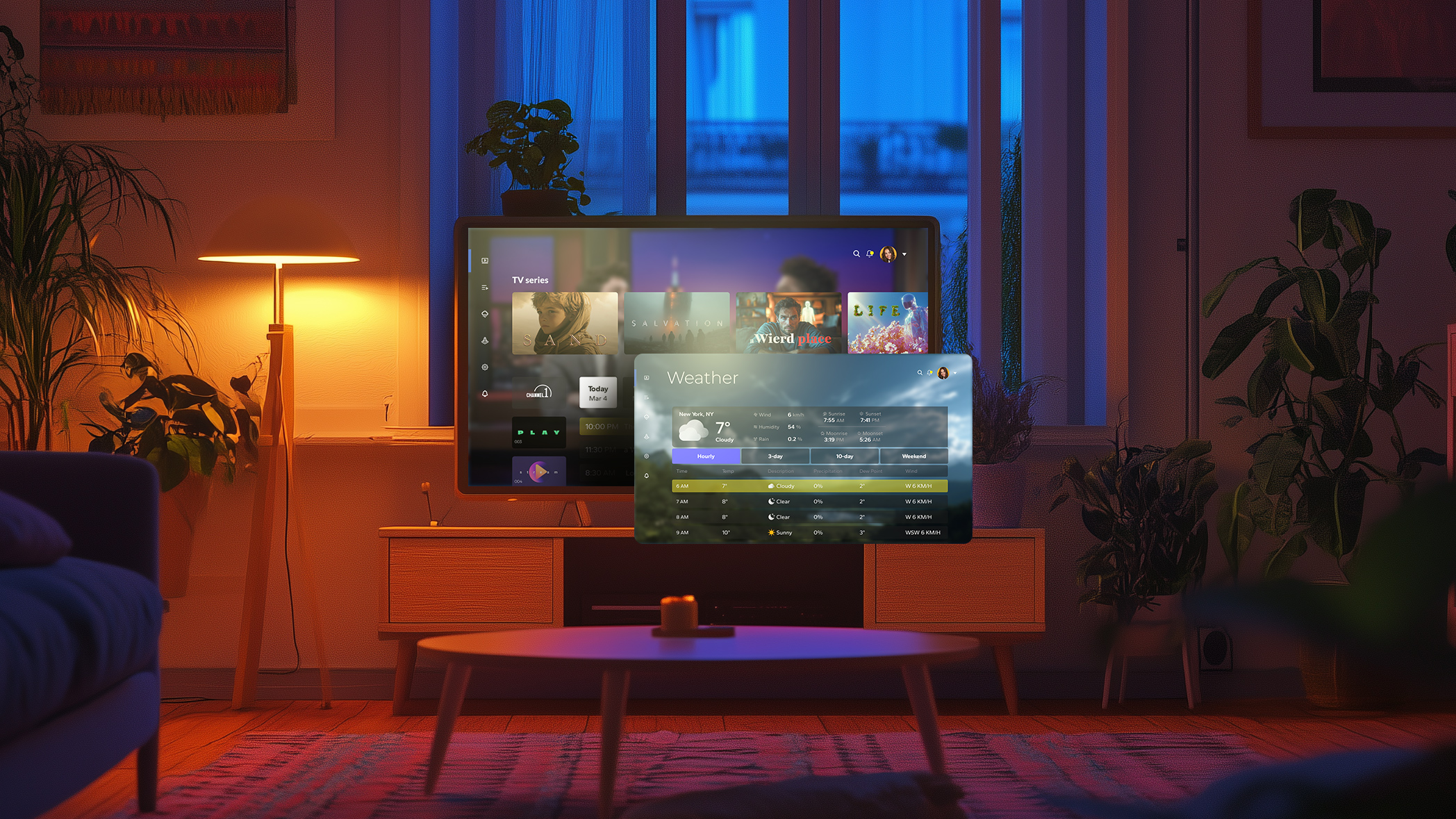
Our comprehensive NexGen TV Guide & FAQ demystifies the complexities and provides the clarity you seek:
- What is the driving force behind ATSC 3.0, and how does it redefine the broadcasting landscape?
- Which devices and Smart TVs are primed for NextGen TV, and what is the projected timeline for widespread adoption?
- What innovative interactive content and viewer-centric features are introduced with this upgrade?
- In what ways is ATSC 3.0 transforming advertising strategies on traditional TV platforms?
- How does ATSC 3.0 enhance content delivery through hybrid broadcast and broadband integration?
Wrapping up
What’s clear is that the question of “should we customize?” is quickly being replaced by “how do we customize responsibly?”
The wrong approach will lead to fragmentation, wasted investment, and confused viewers. But the right approach that is grounded in modular design, shared standards, and adaptive branding opens the door to a richer, more resilient broadcast ecosystem.
At Oxagile, we believe the role of technology is not to dictate the experience, but to enable meaningful variation within guardrails. ATSC 3.0 unlocks the bandwidth. But it’s the design decisions that will shape what television feels like in the decade ahead.

